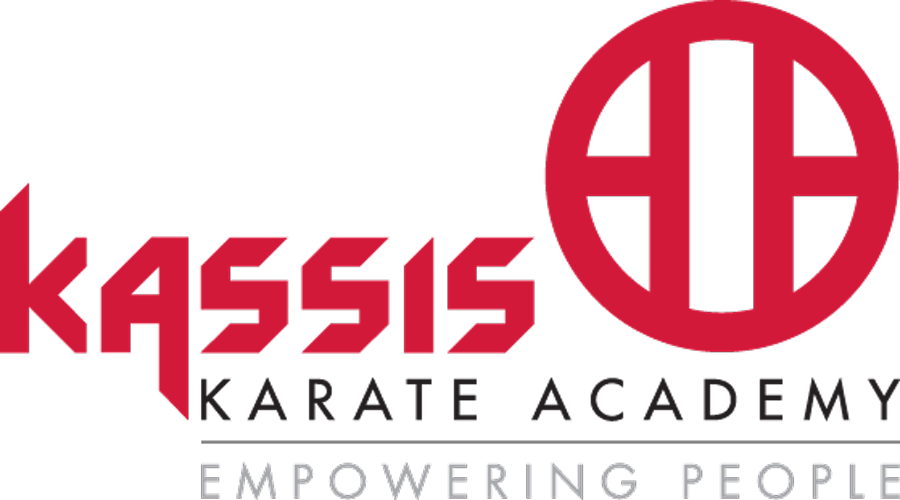
KENWA MABUNI
Shitoryu Karate-Do was founded by Kenwa Mabuni (1889-1952)
“I have put all else aside, Joy it is, to row whole-heartedly to the martial isle” – Kenwa Mabuni
By the late 1800’s a fighting system known as Tode or Okinawan Te was practiced freely around the three provinces of Okinawa – Shuri, Naha and Tomari. Many Masters began to emerge at this time but none as well known or as influential on the fighting system known today as Karate-Do, as Ankoh Itosu and Kanryo Higaonna.
Itosu, based in the city of Shuri, taught what was then known as Shuri-Te, emphasizing powerful, lightning-like techniques of attack. Higaonna was based in the city of Naha and taught what was then known as Naha-Te. This system emphasized slow breathing, dynamic techniques enhancing internal strength.
Out of the city of Shuri came a young boy in poor health who relied on his study of this Okinawan fighting art to restore health and strength. And so young Kenwa Mabuni began his studies under Master Ankoh Itosu, later combining his knowledge with more training under Master Kanryo Higaonna. They were to become his two most influential teachers.
Mabuni threw himself into his martial arts, never once allowing a day to go by without training. Indeed he was known to continue his training outdoors even while the tiny island was being lashed by fierce typhoon. When he later became a local policeman and was required to make regular patrols he seized the opportunity provided by his travel to train with as many other Karate-Ka as he could, always testing and developing his skills.
When he had thoroughly mastered the techniques of the two original Masters, and those of others he had trained with, Mabuni combined the systems into a truly eclectic fighting art.
After moving his family to Osaka in 1928 to take up teaching his fighting system full time, he initially called his system ‘Hanko ryu’ meaning ‘Half hard style’ however he later changed this to Shito-Ryu, which was a far more symbolic name, formulated by taking the pronunciation of the characters for the initials of his two Masters – ‘Shi’ deriving from the character Ito in Itosu, and ‘To’ deriving from the character Higa in Higaonna.
Kenwa Mabuni died in May, 1952, however we can all be grateful that through his teachings the Shito-Ryu system still thrives thanks to the many well known and prolific students he taught, who now continue to promote his system – a system which dominates the art and sport of Karate today.

THE MABUNI FAMILY CREST
The unique crest of the Mabuni family dates back many centuries and carries the history of the family’s famous samurai ancestors that ruled the old Ryukyu Period. Kenwa Mabuni was a 17th generation descendant of one of the most famous and bravest warriors of that kingdom – Kenyo Oshiro. In Japanese culture the crest serves to identify the family name and history.
The circle itself is the Japanese character for peace and harmony whilst the inner lines are the Japanese character for ‘person’ or ‘people’. Combining these meanings therefore the crest also takes on the significance of people living in peace and harmony. And this is noted as the fundamental spiritual element of Shitoryu karate. Nowadays we carry forward the ancient techniques of the style but we also practice and instill the fundamental elements of peace and harmony.
It was a choice made by Kenwa Mabuni to adopt another significance for the crest. The crest would become symbolic in representing the karate system he founded, and in honoring his two main teachers, Ankoh Itosu and Kanryo Higaonna, both represented by the inner lines of the circle.
In so doing the crest has now became synonymous with Kenwa Mabuni’s Karate-do style, Shito-Ryu.
KENEI MABUNI + PHOTO
Born in Shuri City, Okinawa, on February 13, 1918. Kenei Mabuni was the first-born son of Kenwa Mabuni – the famous founder of the Shitoryu style. Whilst living in Okinawa as a young child, Kenei Mabuni was influenced greatly by his father’s involvement in the martial arts. It was by watching his father teach, that he learned karate when he was very young. Kenei Mabuni also learned Kendo and Judo at school.
As a young man he would often accompany his father on his numerous trips teaching Shitoryu Karate-Do. After his military service he returned to Osaka and resumed training with his father. Through constant training with his father, Kenei Mabuni was able to master the many Kata belonging to the Shitoryu style of karate. Following his father’s death, he continued to develop his skills, and succeeded his father’s original Dojo name – YOSHUKAN (meaning the cultivation of superior skill and spirit).
Following in his father’s footsteps, he began a series of trips teaching karate to people all around the world, his knowledge and expertise has been in global demand since the early 1960s. Kenei Mabuni has devoted his life to the study, the teaching and the promotion of his father’s unique karate system – Shitoryu Karate-Do.
